Savannah Milkweed (Asclepias pedicellata): An Overview
Savannah Milkweed (Asclepias pedicellata) is an essential component of the southeastern United States’ natural heritage.
Vascular plants that are required by the larva of Butterflies (Papilionoidea)
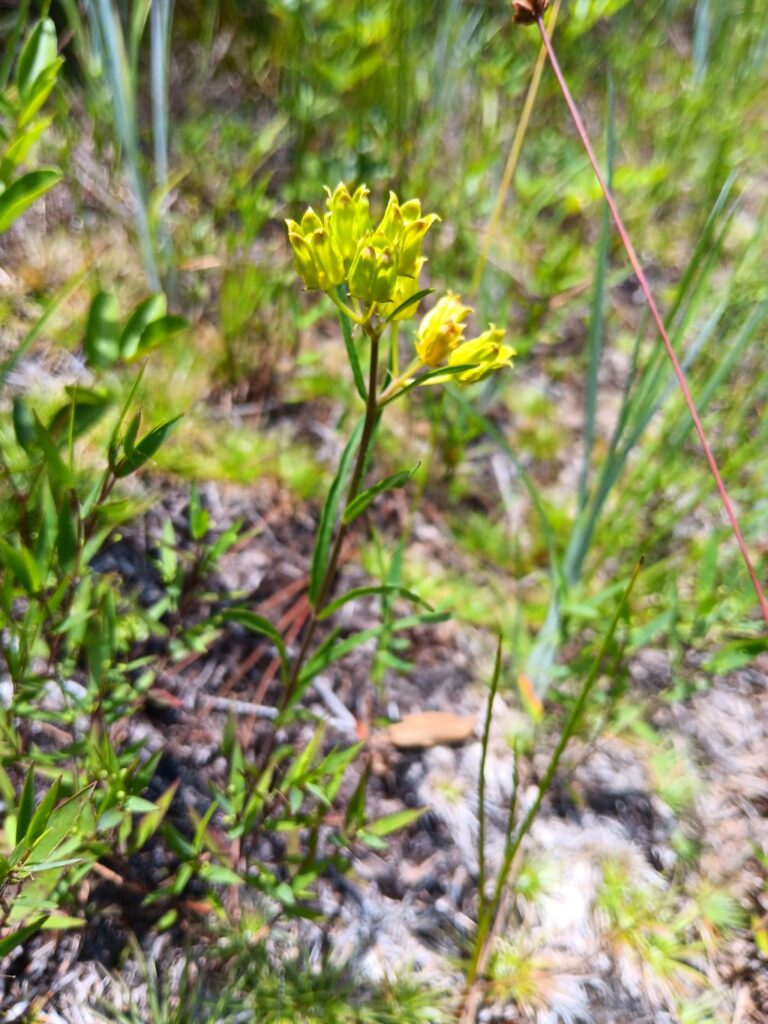
Savannah Milkweed (Asclepias pedicellata) is an essential component of the southeastern United States’ natural heritage.
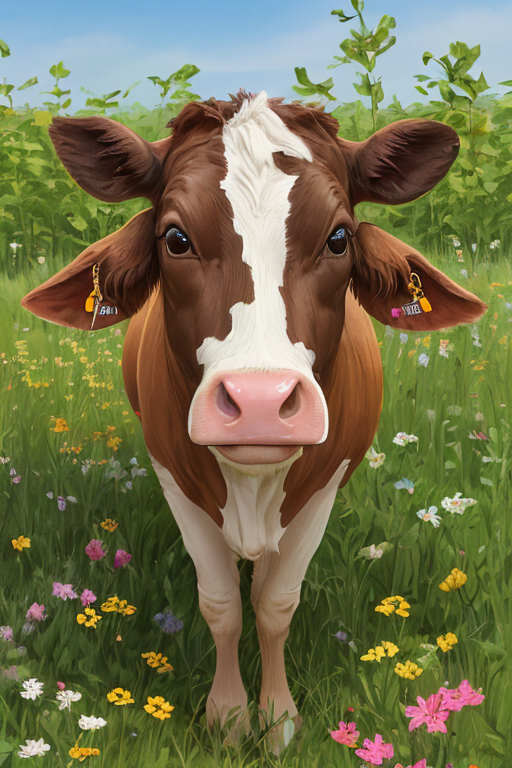
Turns out, while it doesn’t make cheese, and it’s not a weed, Milkweed is a favorite among Monarch Butterflies and can be found all across Wisconsin’s pastures, prairies, and forests.
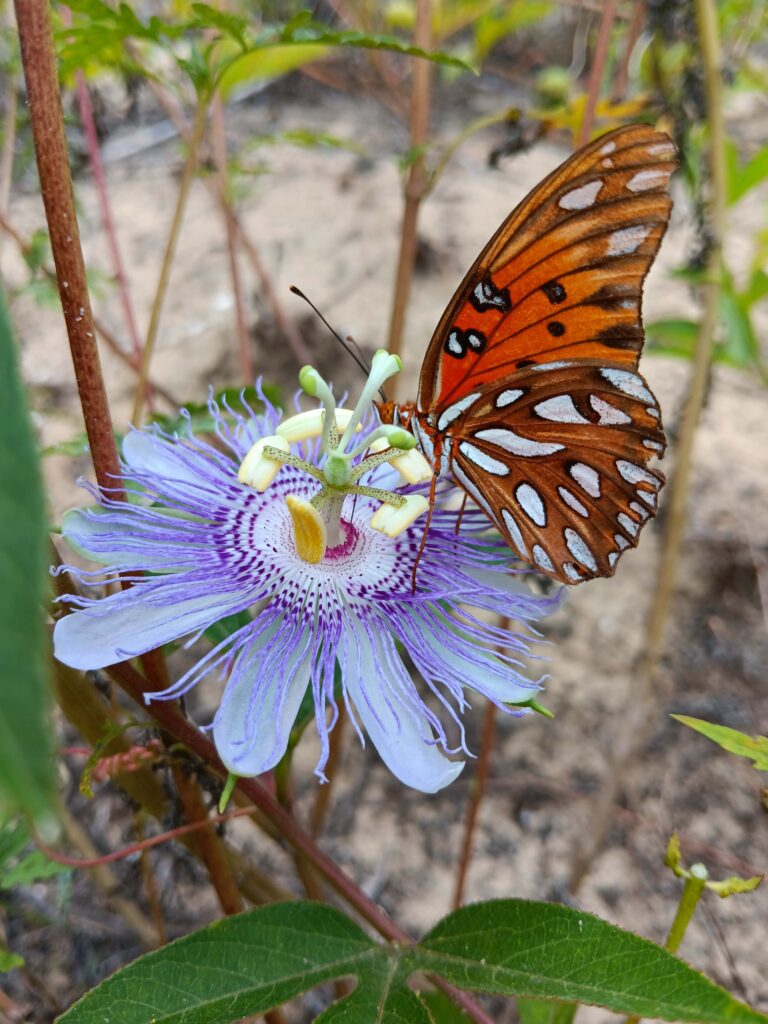
Passiflora incarnata, commonly known as the Purple Passionflower or Maypop, is a fast-growing perennial vine. Its native range is quite extensive within the United States, primarily encompassing the Southeast but reaching beyond as well.
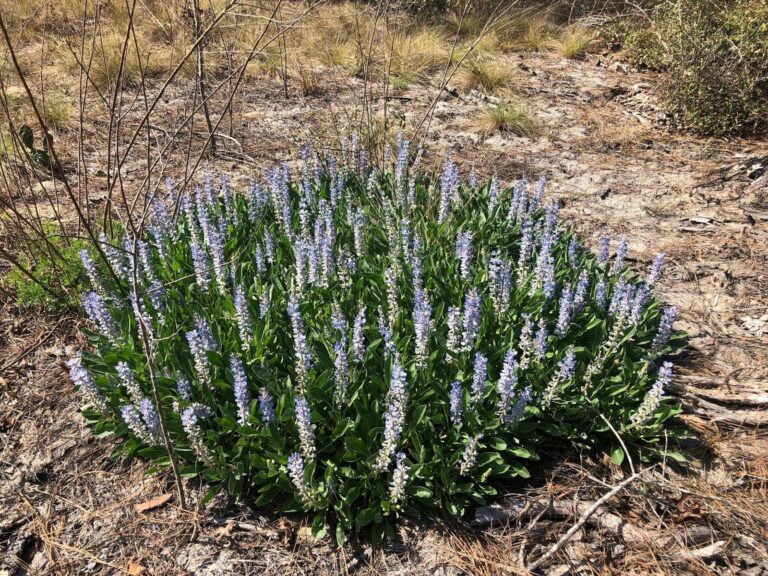
Lupines (genus Lupinus) are a vital part of many ecosystems, and their role in North American butterfly gardens is no less significant.

Revered by Native American tribes for its multitude of uses and unique properties, this plant stands as a testament to the vast potential of our natural world.
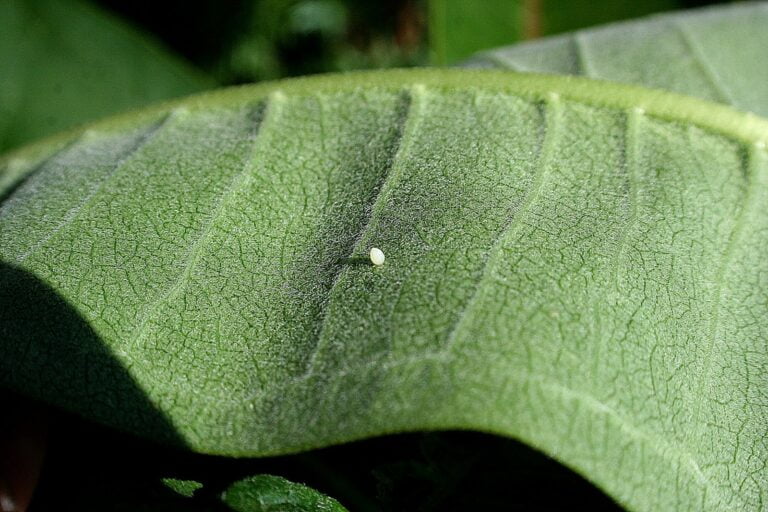
How long do monarch eggs take to hatch?
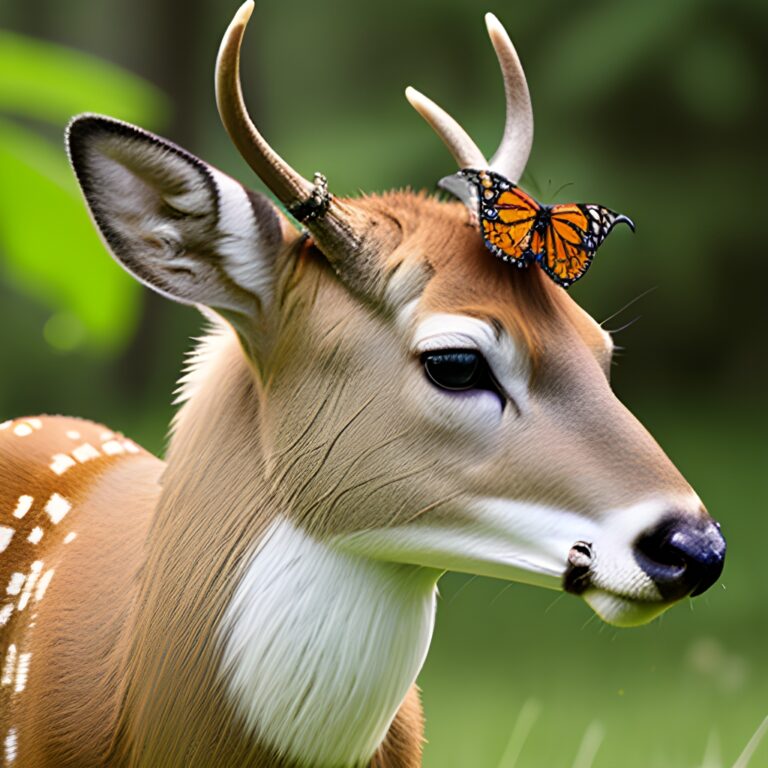
Deer are known to be quite adaptable in their feeding habits and can consume a wide variety of plants. However, they generally avoid Milkweed due to its bitter taste and the plant’s natural defense mechanism. Milkweed contains cardiac glycosides, which are toxic compounds that can be harmful if consumed in large quantities. Many animals, including…

Butterflies are attracted to a wide range of flowers, with the best options often being those that provide plenty of nectar.